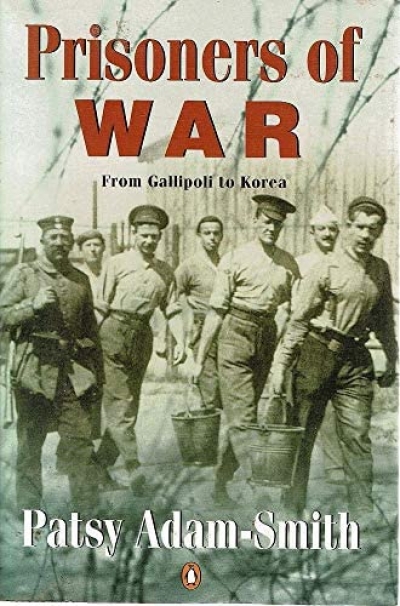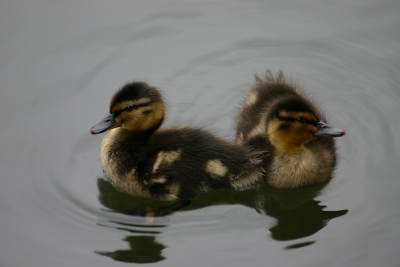Archive
There have been three years now of ‘Australian Voices’, but when in all that time have you heard a voice? The metonymic use of the word ‘voice’ to mean ‘way of using language’ has become so familiar we forget it’s figurative. But as far as sensory experience is concerned, reading this series has been about the look of typeface, the feel of paper; the only noise has been the turning of the pages. We’ve heard Australian voices in silence.
... (read more)Textual Spaces: Aboriginality and cultural studies by Stephen Muecke
Prisoners of War: From Gallipoli to Korea by Patsy Adam-Smith
Prime Ministers’ Wives by Diane Langmore & Suffrage to Sufferance by Janine Haines
Imagining the Pacific: In the wake of the Cook voyages by Bernard Smith
Here it is, nearly Christmas, and as usual, the list of Books I Have Read is running into the hundreds, and I have that end-of-year mad, fleeting illusion that also afflicts exam-fevered students … that somehow it All Adds Up.
... (read more)Have you ever looked at a duck? There is more to it, to use that peculiar cliché, than meets the eye. Watching ducks has been my labour for some time, but, of course, it will be so only for a limited period. Still, I expect I will always retain the interest now that I have come to know ducks better.
... (read more)








